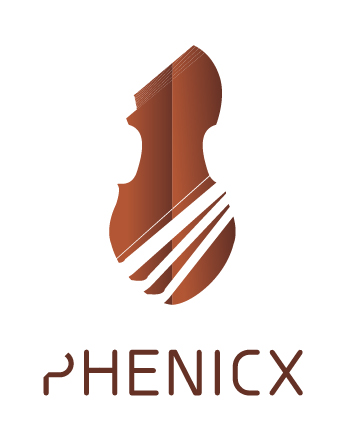PHENICX-Anechoic: note annotations for Aalto anechoic orchestral database

PHENICX-Anechoic: denoised recordings and note annotations for Aalto anechoic orchestral database
Description
This dataset includes audio and annotations useful for tasks as score-informed source separation, score following, multi-pitch estimation, transcription or instrument detection, in the context of symphonic music.
This dataset was presented and used in the evaluation of:
M. Miron, J. Carabias-Orti, J. J. Bosch, E. Gómez and J. Janer, "Score-informed source separation for multi-channel orchestral recordings", Journal of Electrical and Computer Engineering (2016))"
On this web page we do not provide the original audio files, which can be found at the web page hosted by Aalto University. However, with their permission we distribute the denoised versions for some of the anechoic orchestral recordings:
Pätynen, J., Pulkki, V., and Lokki, T., "Anechoic recording system for symphony orchestra," Acta Acustica united with Acustica, vol. 94, nr. 6, pp. 856-865, November/December 2008.
For the intellectual rights and the distribution policy of the audio recordings in this dataset contact Aalto University, Jukka Pätynen and Tapio Lokki. For more information about the original anechoic recordings we refer to the web page and the associated publication [2]
We provide the associated musical note onset and offset annotations, and the Roomsim[3] configuration files used to generate the multi-microphone recordings [1].
The anechoic dataset in [2] consists of four passages of symphonic music from the Classical and Romantic periods. This work presented a set of anechoic recordings for each of the instruments, which were then synchronized between them so that they could later be combined to a mix of the orchestra. In order to keep the evaluation setup consistent between the four pieces, we selected the following instruments: violin, viola, cello, double bass, oboe, flute, clarinet, horn, trumpet and bassoon. A list of the characteristics of the four pieces can be found in the table below:
|
Piece |
Duration |
Period |
No. sources |
Total no. instruments |
Max. instruments/source |
|
Mozart |
3min 47s |
classical |
8 |
10 |
2 |
|
Beethoven |
3min 11s |
classical |
10 |
20 |
4 |
|
Mahler |
2min 12s |
romantic |
10 |
30 |
4 |
|
Bruckner |
1min 27s |
romantic |
10 |
39 |
12 |
We created a ground truth score, by hand annotating the notes played by the instruments. The annotation process involved gathering the original scores in MIDI format, performing an initial automatic audio-to-score alignment, then manually aligning each instrument track separately with the guidance of a monophonic pitch estimation.
During the recording process detailed in [2], the gain of the microphone amplifiers was fixed to the same value for the whole process, which reduced the dynamic range of the recordings of the quieter instruments. This lead to problems with which we had to deal, in order to reduce the noise. In the paper we described the score-informed denoising procedure we applied to each track.
A complete description of the dataset and the creation methodology, including the generation of the multi-microphone recordings, is presented in [1].
